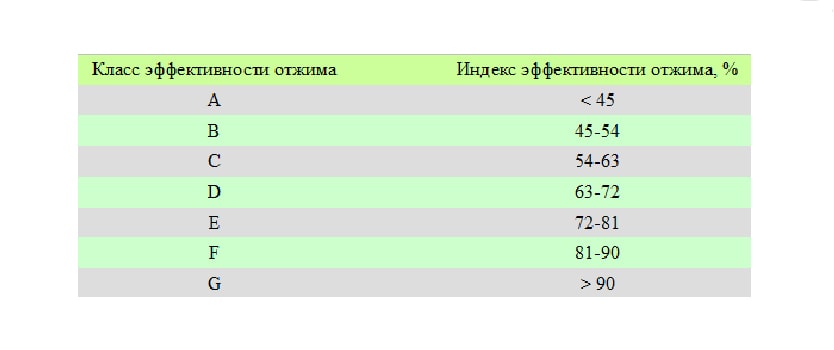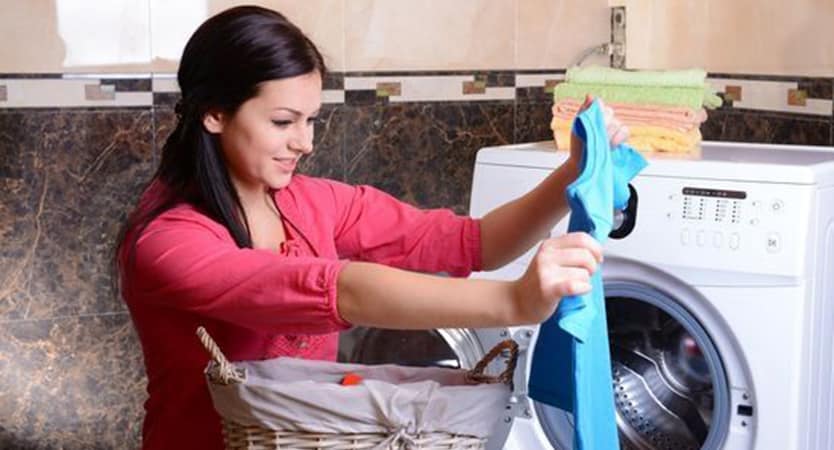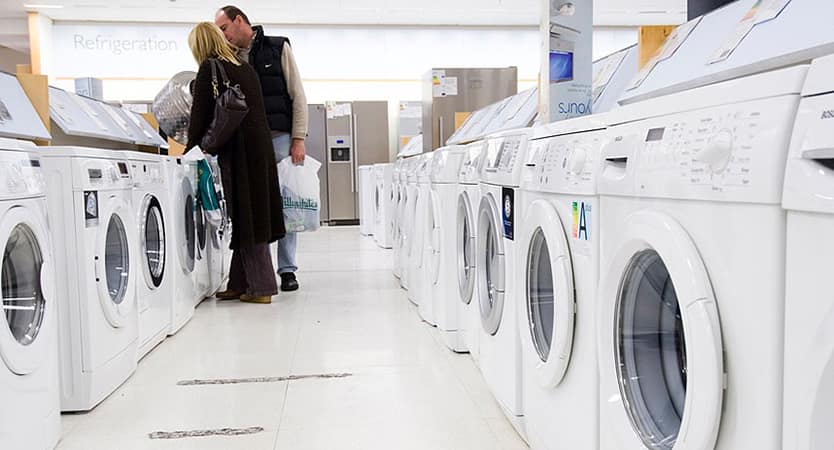Appliance stores offer such a variety of models that it's time to get confused. There are priorities when choosing an automatic washing machine. The type, location of the drum and loading system, washing class and energy consumption level are not a complete list of differences. Some people think that the higher the performance of a particular product, the better. But this is not always true.
Today we will talk about which spin class in washing machines is better. Is it always worth overpaying for higher odds? From this material, you will learn what the efficiency of spinning the laundry depends on, and which indicators are better to give preference to.
Classification

If you carefully study the instructions for the washing machine, you can find letters there, which denote spin. For identification of classes, the letters of the English (Latin) alphabet from A to G are accepted. The first indicates the highest level, and the second, respectively, the lowest. There are also intermediate values, they are marked with a "+" sign. The more pluses next to the number, the better. This classification is accepted all over the world, therefore, wherever your “home assistant” is produced, the designations will be the same.
The spin class depends on how fast the drum of the washing machine is spinning, and how much it squeezes out things. In general, this figure can vary from 400 to 1800 rpm.
If you have lost the product passport, you can calculate the spin class yourself. To do this, it is enough to calculate the difference between the weight of things before and after washing and divide the resulting indicator by the weight of dry laundry. The result obtained in this way must be expressed as a percentage.
The lower the percentage of moisture remains in things after spinning, the faster it dries, the higher spin class the washing machine has. Below we will show how much liquid in things is left by units of different classes and what number of revolutions this corresponds to:
- "A" - up to 45% - from 1600 rpm.
- "B" - 46-54% - 1400 rpm.
- "C" - 55-63% - 1200 rpm.
- "D" - 64-72% - 1000 rpm.
- "E" - 73-81% - 800 rpm.
- "F" - 82-90% - 600 rpm.
- "G" - more than 90% - 400 rpm.
The calculation clearly shows that the difference between the lower and upper boundaries is quite significant, while the neighboring indicators are not so different. It should be noted that washing machines of the last two groups are almost not produced. Such "dinosaurs" can be found only in commission or stock stores of household appliances.
![]() See also - Rating of cheap but reliable washing machines according to buyers' opinion
See also - Rating of cheap but reliable washing machines according to buyers' opinion
What class of spin is preferable

It would seem that further research on this topic is meaningless. After all, everything is clear anyway: it is enough to choose the largest parameter and the quality of washing and spinning will be ensured. However, not everything is so simple.
The spin efficiency class of washing machines can directly affect another, no less important parameter - the level of energy consumption.This is understandable: the faster the drum of the washing machine rotates, the more electricity it "eats". But does drum speed always have a positive effect on moisture? It turns out not.
If the consumer does not meticulously weigh the laundry after washing in machines of neighboring classes, but simply tries to determine the degree of humidity by subjective feelings, he will not notice much difference. Washing units of class A, B, and C are considered optimal for work.
Moreover, too high a speed of rotation of the drum can simply damage not particularly strong fabric. As a result, you will get almost dry, but torn clothes. So the measure is good in everything. Experts believe that the optimal spin speed is 1000–1200 rpm. Higher rates are justified only when you need to squeeze out very strong and dense fabrics: gin, linen or cotton. So most of the experts, nevertheless, prefer the "B" spin class, so the laundry will definitely remain intact and rather dry.
How to choose a "washing machine" with optimal characteristics

When choosing a washing machine, the machine should not be guided only by the degree of spin or any other indicator. All qualities of the unit must be assessed as a whole. For a good "home washerwoman" are important:
- energy class;
- water consumption per cycle;
- spin class;
- functionality (number of modes);
- washing class;
- country of assembly;
- maintainability;
- availability and availability of service centers;
- other indicators.
Buying a quality washing machine is a crucial step. You shouldn't act rashly here. Before going to the store, you need to study everything carefully. We hope that our recommendations on what class of spinning in machines is better will help you make the right choice.
See also:
- 7 best Indesit washing machines according to customer reviews
- 7 best LG washing machines
- 7 best Gorenje washing machines according to customer reviews
- 7 best washing machines under 20,000 rubles according to customer reviews
- 8 best narrow washing machines according to buyers' opinion

